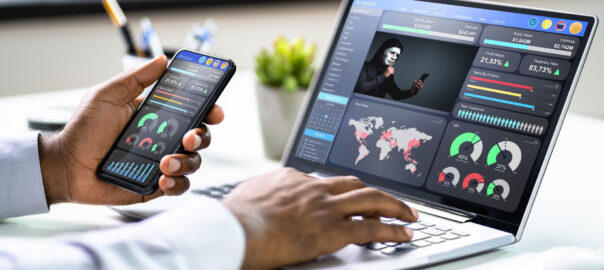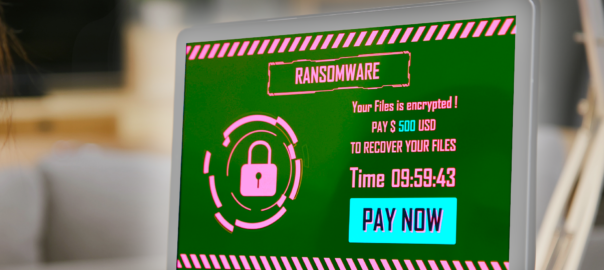Data breaches are now more rampant than ever to steal personal information. Each month sees at least 150 incidents that affect businesses, and these only account for the reported cases. One reason hackers can execute data breaches so easily is because of modern technology, like artificial intelligence. While AI can help society at large, it has also been instrumental in illicit activities like stealing personal information. Here are 7 ways by which hackers are using AI to infiltrate businesses.
Personalized Phishing To Steal Personal Information
Phishing is one of the most prevalent methods of hacking used today. This is because phishing relies on the human element, which is the weakest link of security in any organization, making for a high success rate. But with AI, phishing has become a huge threat to businesses and individuals. Messages are now personalized, so employees are more likely to believe they are real. Once the victim takes the phishing bait, the hackers can steal all kinds of information from the system.
Spreading Deepfakes to Steal Personal Information
Deepfakes are AI-generated videos or sound clips that look very real. There are so many ways that hackers can use these kinds of videos to steal information. They can directly target employees by sending a deepfake video, supposedly from a supervisor. The “supervisor” might ask for some information, and the employee obliges because it’s from their boss. Hackers can also use deepfake material to spread negative propaganda about a company. In the impending chaos, they can take advantage of compromised security by diving in and successfully executing a data breach.
Cracking CAPTCHA
Until recently, CAPTCHA was a reliable means of differentiating a real person from a bot. But AI has now improved so much that it can accurately emulate human images and behavior. In a typical CAPTCHA image, someone could ask you to click on all the boxes with a bridge. The old system presumes that only a human will do this correctly. But AI algorithms can now quickly analyze the image and respond just like a human would. Once the hacker gets past the CAPTCHA security gates using this strategy, they can steal whatever sensitive personal information they want.
Using Brute Force
Traditionally, the most common way to crack passwords was by trying all combinations until you got the right one. This hack is known as brute-forcing. Hackers still use the same method today. However, with the help of AI tools, specifically those that analyze a user’s online behavior, the process requires considerably less time and computing power.
Listening to Keystrokes
Several AI tools can “listen” to keystrokes. Instead of trying all the different combinations like in the brute force method, AI can listen to the keystrokes and identify a user’s password with up to 95% accuracy. There will be considerable training involved, as with most AI algorithms, but once the machine learning process is complete, hackers can effectively use this tool to easily crack passwords.
Audio Fingerprinting to Steal Personal Information
Voice biometrics is one of the most common security measures used today. It is highly secure since voiceprints are unique, just like fingerprints. But thanks to AI, duplicating voice prints is now easy. Many call the process audio fingerprinting. All that’s required is a few minutes of a sample of the target’s voice, and AI will quickly be able to generate audio clips in that exact voice.
AI-Aided Social Engineering
Social engineering refers to the deception or manipulation of people to entice them into revealing confidential information or granting access to restricted areas. It is not a hacking method per se but more of a practice of misleading people by taking advantage of trust or other vulnerabilities. Cybercriminals have been practicing social engineering for a long time, but with AI tools and algorithms, the technique has become much more efficient and has led to successful hacking.
Final Thoughts on AI Being Used to Steal Personal Information
This list is just the tip of the iceberg for AI to steal personal information. There are many other ways that hackers can use AI to steal information. For sure, they will also discover dozens of newer and more dangerous methods shortly. But businesses don’t have to sit back and take it all lightly. There are solutions to combat AI hacking, and many of these solutions involve AI as well.
Our company is dedicated to using technology for the improvement of businesses, and this includes the area of security. If you want to fortify your defenses against AI-powered attempts to steal your information, we can hook you up with the right service provider that can take care of your needs. You can also learn a lot from our on-demand webinar and cybersecurity e-book, so download them today. Let us know your interest so we can send you more information.



